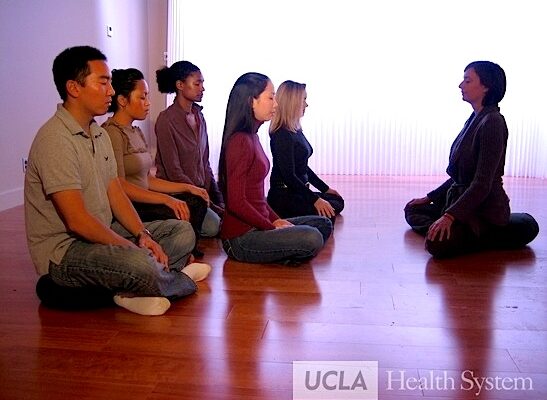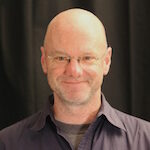Diana Winston’s post-college spiritual journey was something of an anachronism. After she graduated from Brown in the late 1980s, Winston traveled to Southeast Asia, where she spent several years working with Theravada Buddhist teachers and learning classical meditation techniques in Thailand and Burma.
The broad outline of Winston’s story mirrors the familiar narrative arc of numerous Western spiritual seekers—from Madame Blavatsky to the Beatles—who have embarked on Dharma pilgrimages to gain insight and pursue enlightenment. But what makes Winston’s journey unusual compared to the experiences of earlier generations is the fact that she returned home to find that many of those who had traveled to Asia in the 1960s and 70s had already begun to cultivate distinctively American forms of Buddhist practice.
In other words, hybrid versions of the “exotic” spiritual practices that Winston traveled abroad to learn were already beginning to flourish in her own back yard.
She continued her studies at the Insight Meditation Society in Massachusetts and Spirit Rock Meditation Center near San Francisco. The vipassana techniques she learned from teachers like Joseph Goldstein and Jack Kornfield were developed specifically to allow lay practitioners to develop meditative skills that had historically been taught only in monastic settings. As she came into her own as a teacher, Winston began to believe that the benefits of mindfulness meditation could be made available to an even wider audience if the practices were completely secularized—that is, if Buddhist ritual and iconography were completely removed from the settings in which mindfulness was taught.
“These practices are transformational,” Winston said, “but people have allergies toward religion. I thought they could be taught without the religious accessories.”
Winston’s idea was in some ways an extension of the “medicalized” forms of meditative practice that Jon Kabat-Zinn developed in the 1980s. Winston got the chance to put her own theories into practice in 2004, when she became involved in designing a study on ADHD and mindfulness at UCLA’s Mindful Awareness Research Center (MARC). Over the past decade, MARC has grown into a secular version of the expressly Buddhist monastic settings and training centers where Winston learned the techniques that she now teaches to people who may have no interest in Buddhism. As director of mindfulness education, Winston oversees retreats, courses on mindfulness practices, a teacher-training program and a weekly guided-meditation session that attracts upwards of 200 people to UCLA’s Hammer Museum.
And the only Buddha statue anywhere in sight stands in her cozy office across the street from the UCLA medical school.
Though MARC’s meditation programming can seem like a pretty staid affair, it’s part of what Winston calls “the wild, wild West of mindfulness.” Decoupled from the ancient teaching lineages and monastic cultures that have traditionally preserved and transmitted meditation practices, mindfulness has become a booming and decidedly unregulated spiritual industry in the U.S.
“Anybody with even minimal training and practice thinks they can be a teacher!” Winston said.
Winston said that senior instructors at MARC, Spirit Rock and other established meditation centers have begun to discuss the formation of a certification board to approve training programs and license teachers. It will be fascinating to see how those involved in this effort to “routinize” mindfulness meditation define practices that, in the American context, are becoming increasingly secular.
Which raises another compelling question: Might these “religion-neutral” practices be absorbed into the culture of non-Buddhist movements—post-denominational Christian churches, for example—that are equally eager to attract adherents from the spiritual-but-not-religious crowd? The desire for self-improvement and a preference for somatic experience over doctrine and dogma are two of the hallmarks of the “Nones,” and some evangelicals are still sorting through whether yoga is compatible with their beliefs. Board-certified, secularized mindfulness practice is arguably a no-brainer by comparison.
Future generations of American seekers may choose to retrace Winston’s steps through Southeast Asia in a latter-day search for authenticity. In the near term, innovations like the practices that Winston has helped to develop at MARC mean that the fruits of her journey as a young adult are available much closer to home.
Nick Street was a senior writer with the USC Center for Religion and Civic Culture.








